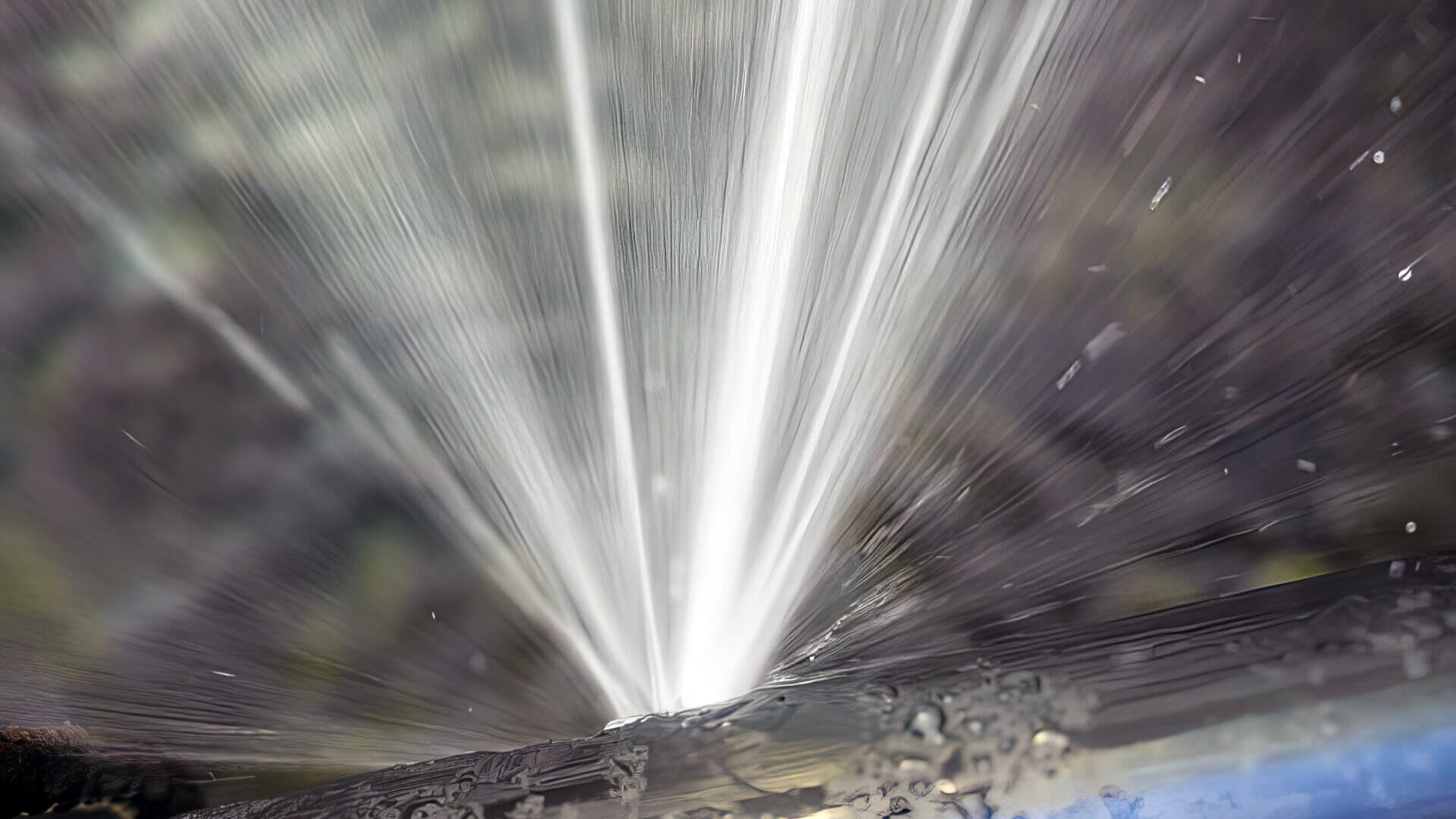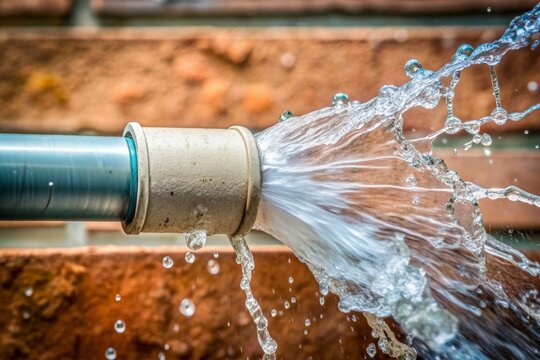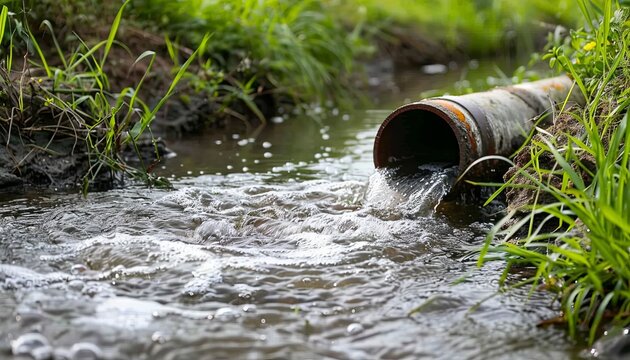How to Handle a Burst Pipe: Essential Steps for Immediate Action
Stopping Burst Piping: Crucial Tips to Shield Your Pipes
Protecting against burst pipes is a vital worry for property owners, specifically during chillier months when the risk of cold is heightened. Executing tactical procedures such as proper insulation, routine evaluations, and preserving constant indoor temperature levels can dramatically minimize the chance of pipe failure. In addition, comprehending emergency situation treatments outfits home owners to react promptly to possible plumbing issues. Nonetheless, several are uninformed of the details vulnerabilities that their pipelines may encounter. Checking out these susceptabilities can provide invaluable insights into safeguarding your plumbing system properly.
Understand Pipeline Vulnerabilities
Recognizing pipe vulnerabilities is necessary for efficient pipes maintenance and protecting against pricey damage. A number of factors add to the vulnerability of pipelines to ruptureds, consisting of product composition, age, and environmental problems. Older pipelines, especially those made from galvanized steel or polybutylene, usually break down in time, bring about raised threat of leaks and tears.
Temperature level fluctuations can additionally considerably impact pipeline stability. In chillier climates, water caught in pipelines can freeze, broadening and exerting pressure on the pipe walls, which may inevitably result in a ruptured. High water pressure can stress pipes, especially at bends and joints, heightening the chance of failure.

Insulate Pipes Properly
Proper insulation of pipes is crucial for stopping freezing and succeeding ruptureds during winter (burst pipe). Insulating your plumbing system efficiently safeguards against temperature level goes down that can lead to pricey damages. Begin by determining vulnerable locations where pipes are exposed to outdoor temperatures, such as cellars, attics, and exterior wall surfaces
Usage foam pipeline insulation sleeves or wrap insulation tape around these locations to supply a protective obstacle. Ensure that all areas of the pipelines, particularly those with limited warmth direct exposure, get adequate insulation. Pay special focus to installations and joints, as these are more at risk to cold.
When insulating, it's important to pick products that fulfill local building codes and are suitable for the details atmosphere. For circumstances, fiberglass insulation is typically recommended for its thermal resistance buildings - burst pipe. Additionally, take into consideration making use of warmth cords or tape in extreme conditions, which can be connected in to supply extra warmth
Consistently examine shielded pipelines for any type of indicators of wear or damage, as compromised insulation can reduce its effectiveness. By taking these positive procedures, you considerably decrease the danger of pipeline ruptureds, guaranteeing a dependable plumbing system throughout the winter season.
Maintain Constant Temperature Level
A steady indoor temperature is important for protecting against burst pipes during the freezing months. When temperature levels decline, water within pipes can ice up, increasing and creating pressure that might eventually create the pipes to burst. To alleviate this risk, house owners need to preserve a regular temperature throughout their living space, preferably no less than 55 ° F(13 ° C)Making use of a programmable thermostat can help take care of indoor temperatures efficiently, guaranteeing that areas with plumbing stay warm even when the house is empty. Pay special focus to areas that are extra prone to cool, such as garages, cellars, and attics. Maintaining cupboard doors open under sinks can additionally permit warmer air from the home to flow around Go Here plumbing.
Furthermore, it is prudent to permit faucets to trickle slightly throughout severe cool spells. This small circulation of water can protect against cold by relieving pressure within the pipes. Throughout particularly extreme climate occasions, think about momentarily suspending any kind of nighttime setbacks on your thermostat to maintain a steady warm environment. By executing these approaches, property owners can substantially lower the threat of pipeline bursts and safeguard their pipes systems versus the extreme wintertime aspects.
Consistently Check Plumbing
Normal evaluations of plumbing systems are crucial for avoiding burst pipes and preserving total home stability. Regular checks permit home owners to recognize potential issues before they escalate into costly repairs or significant water damages. Throughout these assessments, it is important to examine visible pipelines for indicators of corrosion, leakages, or use. Pay unique interest to locations susceptible to freezing, such as cellars, attics, and outside walls.
Furthermore, inspecting connections and joints is crucial, as these points are frequently vulnerable to leaks. Property owners should likewise evaluate water stress levels, as too much stress can strain the pipes system and raise the threat of pipeline ruptureds.
Take into consideration organizing professional pipes assessments a minimum of annually, especially prior to winter season, to ensure your system is gotten ready for cooler temperature levels. Regular evaluations not only assist in identifying immediate problems however likewise foster lasting maintenance approaches that can improve the life-span of your plumbing system. read the article By being proactive in your method, you can secure your home versus the expensive and disruptive effects of burst pipes. Prioritizing plumbing inspections is an investment in your house's health and wellness.
Know Emergency Procedures
Recognizing emergency treatments is essential for each house owner, specifically after conducting regular plumbing evaluations. Being prepared for a pipes emergency can significantly alleviate damages and save expenses. Locate your main water shut-off valve; it is commonly located near the water meter or where the main line enters your home. Familiarize yourself with its procedure, as shutting down the supply of water promptly can protect against considerable flooding.
Next, maintain crucial tools handy. A pipes emergency package ought to include a wrench, bettor, and towels, in addition to a flashlight and a pail for small leakages. In addition, take into consideration having the contact details for a relied on plumbing easily offered, needs to the situation escalate beyond your control.
If you find a leakage or burst pipe, quickly shut off the water supply and notify your plumber. Document the damages with pictures for insurance coverage purposes. Understand the signs of prospective plumbing problems, such as unusual water stress variations or damp places on wall surfaces
Eventually, proactive expertise and swift activity are crucial in handling pipes emergencies, ensuring your home stays secured and lessening potential damage.

Final Thought
Finally, preventing ruptured pipelines requires a complex method that includes understanding pipe susceptabilities, appropriate insulation, maintaining consistent interior temperature levels, routine assessments, and understanding of emergency treatments. By implementing these crucial strategies, the danger of plumbing failures can be significantly lowered, thereby guaranteeing the long life and efficiency of the plumbing system. Aggressive steps not only secure versus possible resource damage yet likewise add to overall water conservation and the protection of property.
In colder climates, water trapped in pipes can ice up, increasing and putting in pressure on the pipe walls, which may inevitably lead to a burst. When temperature levels drop, water within pipes can freeze, producing and expanding stress that may ultimately cause the pipes to burst. By applying these techniques, homeowners can dramatically minimize the risk of pipe bursts and protect their plumbing systems against the harsh winter months components.
